Citibank 2015 Annual Report Download - page 254
Download and view the complete annual report
Please find page 254 of the 2015 Citibank annual report below. You can navigate through the pages in the report by either clicking on the pages listed below, or by using the keyword search tool below to find specific information within the annual report.-
 1
1 -
 2
2 -
 3
3 -
 4
4 -
 5
5 -
 6
6 -
 7
7 -
 8
8 -
 9
9 -
 10
10 -
 11
11 -
 12
12 -
 13
13 -
 14
14 -
 15
15 -
 16
16 -
 17
17 -
 18
18 -
 19
19 -
 20
20 -
 21
21 -
 22
22 -
 23
23 -
 24
24 -
 25
25 -
 26
26 -
 27
27 -
 28
28 -
 29
29 -
 30
30 -
 31
31 -
 32
32 -
 33
33 -
 34
34 -
 35
35 -
 36
36 -
 37
37 -
 38
38 -
 39
39 -
 40
40 -
 41
41 -
 42
42 -
 43
43 -
 44
44 -
 45
45 -
 46
46 -
 47
47 -
 48
48 -
 49
49 -
 50
50 -
 51
51 -
 52
52 -
 53
53 -
 54
54 -
 55
55 -
 56
56 -
 57
57 -
 58
58 -
 59
59 -
 60
60 -
 61
61 -
 62
62 -
 63
63 -
 64
64 -
 65
65 -
 66
66 -
 67
67 -
 68
68 -
 69
69 -
 70
70 -
 71
71 -
 72
72 -
 73
73 -
 74
74 -
 75
75 -
 76
76 -
 77
77 -
 78
78 -
 79
79 -
 80
80 -
 81
81 -
 82
82 -
 83
83 -
 84
84 -
 85
85 -
 86
86 -
 87
87 -
 88
88 -
 89
89 -
 90
90 -
 91
91 -
 92
92 -
 93
93 -
 94
94 -
 95
95 -
 96
96 -
 97
97 -
 98
98 -
 99
99 -
 100
100 -
 101
101 -
 102
102 -
 103
103 -
 104
104 -
 105
105 -
 106
106 -
 107
107 -
 108
108 -
 109
109 -
 110
110 -
 111
111 -
 112
112 -
 113
113 -
 114
114 -
 115
115 -
 116
116 -
 117
117 -
 118
118 -
 119
119 -
 120
120 -
 121
121 -
 122
122 -
 123
123 -
 124
124 -
 125
125 -
 126
126 -
 127
127 -
 128
128 -
 129
129 -
 130
130 -
 131
131 -
 132
132 -
 133
133 -
 134
134 -
 135
135 -
 136
136 -
 137
137 -
 138
138 -
 139
139 -
 140
140 -
 141
141 -
 142
142 -
 143
143 -
 144
144 -
 145
145 -
 146
146 -
 147
147 -
 148
148 -
 149
149 -
 150
150 -
 151
151 -
 152
152 -
 153
153 -
 154
154 -
 155
155 -
 156
156 -
 157
157 -
 158
158 -
 159
159 -
 160
160 -
 161
161 -
 162
162 -
 163
163 -
 164
164 -
 165
165 -
 166
166 -
 167
167 -
 168
168 -
 169
169 -
 170
170 -
 171
171 -
 172
172 -
 173
173 -
 174
174 -
 175
175 -
 176
176 -
 177
177 -
 178
178 -
 179
179 -
 180
180 -
 181
181 -
 182
182 -
 183
183 -
 184
184 -
 185
185 -
 186
186 -
 187
187 -
 188
188 -
 189
189 -
 190
190 -
 191
191 -
 192
192 -
 193
193 -
 194
194 -
 195
195 -
 196
196 -
 197
197 -
 198
198 -
 199
199 -
 200
200 -
 201
201 -
 202
202 -
 203
203 -
 204
204 -
 205
205 -
 206
206 -
 207
207 -
 208
208 -
 209
209 -
 210
210 -
 211
211 -
 212
212 -
 213
213 -
 214
214 -
 215
215 -
 216
216 -
 217
217 -
 218
218 -
 219
219 -
 220
220 -
 221
221 -
 222
222 -
 223
223 -
 224
224 -
 225
225 -
 226
226 -
 227
227 -
 228
228 -
 229
229 -
 230
230 -
 231
231 -
 232
232 -
 233
233 -
 234
234 -
 235
235 -
 236
236 -
 237
237 -
 238
238 -
 239
239 -
 240
240 -
 241
241 -
 242
242 -
 243
243 -
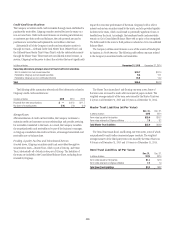 244
244 -
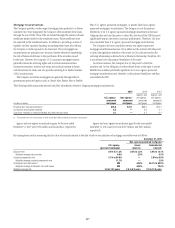 245
245 -
 246
246 -
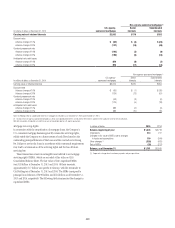 247
247 -
 248
248 -
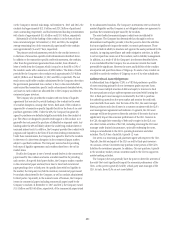 249
249 -
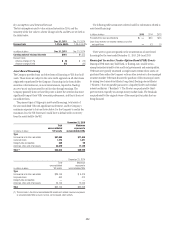 250
250 -
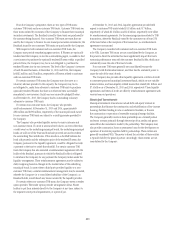 251
251 -
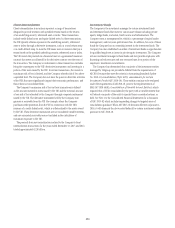 252
252 -
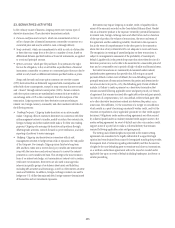 253
253 -
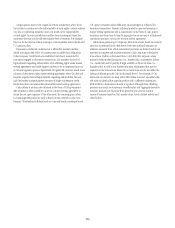 254
254 -
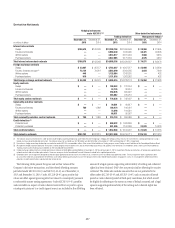 255
255 -
 256
256 -
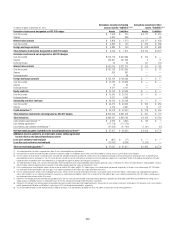 257
257 -
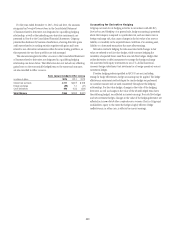 258
258 -
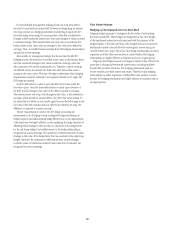 259
259 -
 260
260 -
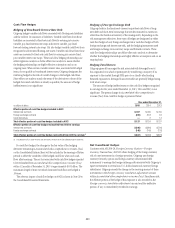 261
261 -
 262
262 -
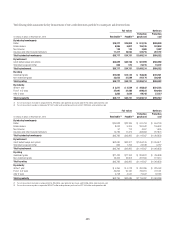 263
263 -
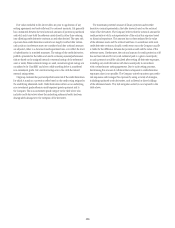 264
264 -
 265
265 -
 266
266 -
 267
267 -
 268
268 -
 269
269 -
 270
270 -
 271
271 -
 272
272 -
 273
273 -
 274
274 -
 275
275 -
 276
276 -
 277
277 -
 278
278 -
 279
279 -
 280
280 -
 281
281 -
 282
282 -
 283
283 -
 284
284 -
 285
285 -
 286
286 -
 287
287 -
 288
288 -
 289
289 -
 290
290 -
 291
291 -
 292
292 -
 293
293 -
 294
294 -
 295
295 -
 296
296 -
 297
297 -
 298
298 -
 299
299 -
 300
300 -
 301
301 -
 302
302 -
 303
303 -
 304
304 -
 305
305 -
 306
306 -
 307
307 -
 308
308 -
 309
309 -
 310
310 -
 311
311 -
 312
312 -
 313
313 -
 314
314 -
 315
315 -
 316
316 -
 317
317 -
 318
318 -
 319
319 -
 320
320 -
 321
321 -
 322
322 -
 323
323 -
 324
324 -
 325
325 -
 326
326 -
 327
327 -
 328
328 -
 329
329 -
 330
330 -
 331
331 -
 332
332
 |
 |
236
A legal opinion may not be sought for certain jurisdictions where local
law is silent or unclear as to the enforceability of such rights or where adverse
case law or conflicting regulation may cast doubt on the enforceability
of such rights. In some jurisdictions and for some counterparty types, the
insolvency law may not provide the requisite level of certainty. For example,
this may be the case for certain sovereigns, municipalities, central banks and
U.S. pension plans.
Exposure to credit risk on derivatives is affected by market volatility,
which may impair the ability of counterparties to satisfy their obligations
to the Company. Credit limits are established and closely monitored for
customers engaged in derivatives transactions. Citi considers the level of
legal certainty regarding enforceability of its offsetting rights under master
netting agreements and credit support annexes to be an important factor in
its risk management process. Specifically, Citi generally transacts much lower
volumes of derivatives under master netting agreements where Citi does not
have the requisite level of legal certainty regarding enforceability, because
such derivatives consume greater amounts of single counterparty credit
limits than those executed under enforceable master netting agreements.
Cash collateral and security collateral in the form of G10 government
debt securities is often posted by a party to a master netting agreement to
secure the net open exposure of the other party; the receiving party is free
to commingle/rehypothecate such collateral in the ordinary course of its
business. Nonstandard collateral such as corporate bonds, municipal bonds,
U.S. agency securities and/or MBS may also be pledged as collateral for
derivative transactions. Security collateral posted to open and maintain a
master netting agreement with a counterparty, in the form of cash and/or
securities, may from time to time be segregated in an account at a third-party
custodian pursuant to a tri-party account control agreement.
Information pertaining to Citigroup’s derivative activity, based on notional
amounts is presented in the table below. Derivative notional amounts are
reference amounts from which contractual payments are derived and do not
represent a complete and accurate measure of Citi’s exposure to derivative
transactions. Rather, as discussed above, Citi’s derivative exposure arises
primarily from market fluctuations (i.e., market risk), counterparty failure
(i.e., credit risk) and/or periods of high volatility or financial stress (i.e.,
liquidity risk), as well as any market valuation adjustments that may be
required on the transactions. Moreover, notional amounts do not reflect the
netting of offsetting trades (also as discussed above). For example, if Citi
enters into an interest rate swap with $100 million notional, and offsets this
risk with an identical but opposite position with a different counterparty,
$200 million in derivative notionals is reported, although these offsetting
positions may result in de minimis overall market risk. Aggregate derivative
notional amounts can fluctuate from period to period in the normal
course of business based on Citi’s market share, levels of client activity and
other factors.
